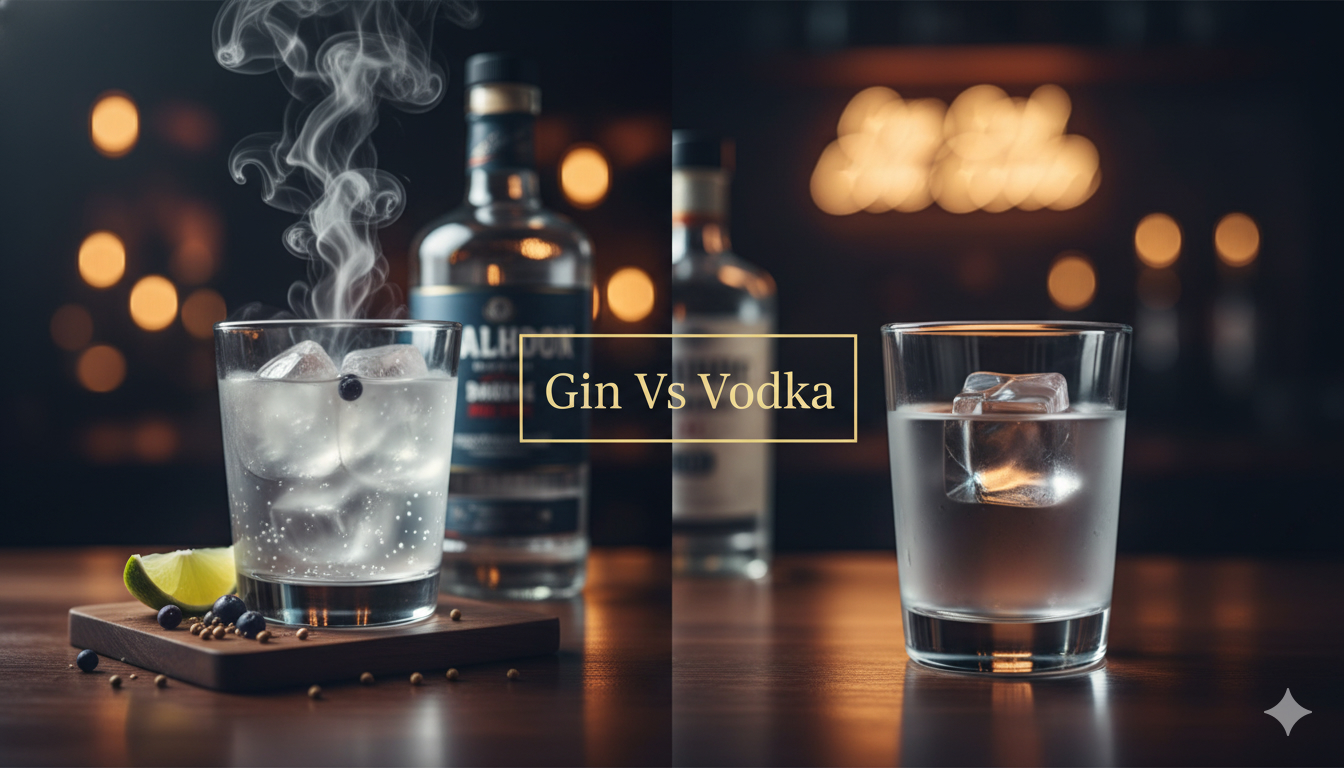The US wine market, already the world's biggest, still has "phenomenal" potential for growth if handled with care, US wine professionals said this week at the world's leading wine fair, Vinexpo.(A seven-city tour on wine and food pairing)"We are a young thirsty nation," one expert said, referring to the 370 million cases of wine guzzled in 2014 -- 25 percent of them imported -- as well as the steady growth in wine consumption in the last two decades, which is expected to see an 11 percent hike between 2014 and 2018.
"Think about it, 370 million cases bought and we only drink about 10 litres per capita. If we were drinking like, say, the UK, it would mean 740 million cases. And if we were drinking like the French, 1.6 billion cases," said Mel Dick, senior vice-president of the country's top distributor, Southern Wine and Spirits of America.(What Happens to Wine When it is Cooked?)"The future of wine in the US is phenomenal," he added, particularly with 77 million potential new tipplers from "Generation Y" born between 1980 and 2000.They are "less risk averse, more sophisticated on food and wine, well travelled," said David Trone, owner of Total Wine and More, a chain of wine superstores in 18 US states. But the average wine-buyer is no connoisseur.(11 wine labels with a sense of humour)"The vast majority of US customers buy wines at the grocery store or supermarket and are not very wine-focused or educated about the nuances of wine and appellations," Trone said. "They don't think Bordeaux, Rhone, they don't think Tuscany. They think $10 (8.8 euros) or less."
"So some of the labelling is too confusing, too opaque. We need colour to jump off the shelf, innovation in labelling. That will help draw attention -- and then we can tell the story of the wine, the heritage."(All You Need to Know About Wine Coolers)To sell in the United States, winemakers in France, the world's leading producer, need to take account of American taste "which is much more fruit forward," Trone added.The market may be dynamic, but it is also whimsical, and the French wine industry has failed to pay it enough attention, said Tom Matthews, editor of The Wine Spectator, the US "wine bible". "When China came on big and the US suffered because of the recession three years ago, Bordeaux basically abandoned the US from a marketing and presentation point of view, and they lost customers as a result. Partly it was the vintages, partly it was the price, but partly it was engagement," he said at a forum.(Soon, keep wine fine for longer)By volume, Italy remains the top supplier of the US market, followed by Australia and then France. New World producers Australia, Argentina and Chile jointly account for 46 percent of US wine imports.But for Europeans the US market is tough to approach because of its complexity. "It's not one country with one legislation on alcohol, it's 50 states with 50 legislations," Trone said. "It's probably the world's worst alcohol legislation." Restrictions on alcohol manufacture, distribution, import and sales are tighter in some states -- which may include "dry", "wet" and "mixed" counties -- as are the rules and regulations on licensing.Partnerships with local businesses and a regional identity to give buyers a frame of reference are key to penetration, Matthews said. "I think the roses of Provence have been able to do that," he said. "It takes constant effort. You can't one day be there, and then just expect to stay there," Matthews said.
"Think about it, 370 million cases bought and we only drink about 10 litres per capita. If we were drinking like, say, the UK, it would mean 740 million cases. And if we were drinking like the French, 1.6 billion cases," said Mel Dick, senior vice-president of the country's top distributor, Southern Wine and Spirits of America.(What Happens to Wine When it is Cooked?)"The future of wine in the US is phenomenal," he added, particularly with 77 million potential new tipplers from "Generation Y" born between 1980 and 2000.They are "less risk averse, more sophisticated on food and wine, well travelled," said David Trone, owner of Total Wine and More, a chain of wine superstores in 18 US states. But the average wine-buyer is no connoisseur.(11 wine labels with a sense of humour)"The vast majority of US customers buy wines at the grocery store or supermarket and are not very wine-focused or educated about the nuances of wine and appellations," Trone said. "They don't think Bordeaux, Rhone, they don't think Tuscany. They think $10 (8.8 euros) or less."
"So some of the labelling is too confusing, too opaque. We need colour to jump off the shelf, innovation in labelling. That will help draw attention -- and then we can tell the story of the wine, the heritage."(All You Need to Know About Wine Coolers)To sell in the United States, winemakers in France, the world's leading producer, need to take account of American taste "which is much more fruit forward," Trone added.The market may be dynamic, but it is also whimsical, and the French wine industry has failed to pay it enough attention, said Tom Matthews, editor of The Wine Spectator, the US "wine bible". "When China came on big and the US suffered because of the recession three years ago, Bordeaux basically abandoned the US from a marketing and presentation point of view, and they lost customers as a result. Partly it was the vintages, partly it was the price, but partly it was engagement," he said at a forum.(Soon, keep wine fine for longer)By volume, Italy remains the top supplier of the US market, followed by Australia and then France. New World producers Australia, Argentina and Chile jointly account for 46 percent of US wine imports.But for Europeans the US market is tough to approach because of its complexity. "It's not one country with one legislation on alcohol, it's 50 states with 50 legislations," Trone said. "It's probably the world's worst alcohol legislation." Restrictions on alcohol manufacture, distribution, import and sales are tighter in some states -- which may include "dry", "wet" and "mixed" counties -- as are the rules and regulations on licensing.Partnerships with local businesses and a regional identity to give buyers a frame of reference are key to penetration, Matthews said. "I think the roses of Provence have been able to do that," he said. "It takes constant effort. You can't one day be there, and then just expect to stay there," Matthews said.
Advertisement








